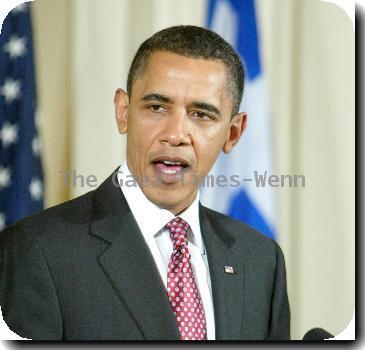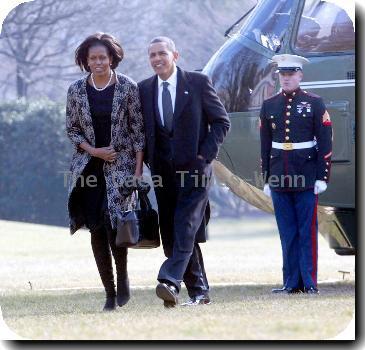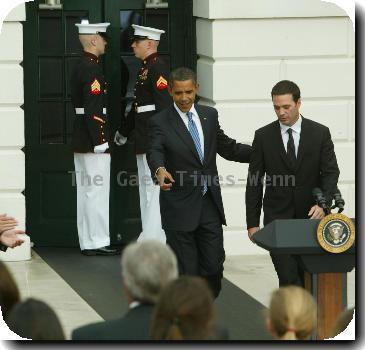In the Gulf, BP’s bumbling PR is complicating its problems
By Harry R. Weber, APFriday, June 11, 2010
BP’s failures on the Gulf made worse by PR woes
HOUSTON — BP is already fighting an oil gusher it can’t contain and watching its mighty market value wither away. Its own bumbling public-relations efforts are making a big mess worse.
Not only has it made a series of gaffes — none greater than the CEO’s complaint that “I’d like my life back” — the company hasn’t even followed its own internal guidelines for damage control after a spill.
Executives have quibbled about the existence of undersea plumes of oil, downplayed the potential damage early in the crisis and made far-too-optimistic predictions for when the spill could be stopped. BP’s steadiest public presence has been the ever-present live TV shot of the untamed gusher.
What BP has lacked, crisis management experts say, has been much of a show of human compassion.
“All crises are personal,” said Richard Levick, who runs a public relations firm, Levick Strategic Communications, that advises companies. “Action and sacrifice is absolutely critical.”
The best move for BP’s image, of course, would be to stop the leak. That has proved difficult enough, with one fix after another failing and estimates of the severity of the spill growing by the week.
Failing a solution, Daniel Keeney, president of a Dallas-based PR firm, suggested putting CEO Tony Hayward in a hard hat and life vest, helping crews contain and clean up the spill.
“You want to get him right in the thick of things, even if he looks somewhat uncomfortable doing it,” Keeney said.
Levick suggested BP could have cut gas prices at its stations along the Gulf Coast — a show of financial solidarity.
BP has taken a stab at soothing angry Americans, airing a slick, multimillion-dollar national TV spot this week in which Hayward pledges: “We will make this right.” Hayward also promised BP would clean up every drop of oil and “restore the shoreline to its original state.” President Barack Obama said the money spent on the ads should have gone to cleanup and compensating devastated fisherman and small business owners.
And even those efforts violate the company’s own prescription for damage control. Its own spill plan, filed last year with the federal government, says of public relations: “No statement shall be made containing any of the following: promises that property, ecology or anything else will be restored to normal.”
On top of everything else, BP can’t figure out what to say about its dividend. Lawmakers in the U.S. insist the company must look after the devastated people of the Gulf before paying its shareholders. But in Britain, legions of retirees count on the steady payouts.
And earlier this week when Wall Street freaked out over the prospect of billions of dollars in BP liabilities and sent its stock to its lowest point since the mid-1990s, the company response was positively tone-deaf.
“The company is not aware of any reason which justifies this share price movement,” the company said early Thursday, after its stock was hammered on New York and European exchanges.
Almost from the beginning, BP has been as unable to control its public message as it has the spill itself.
Hayward was ridiculed for telling reporters “I’d like my life back” earlier in the crisis, remarks the families of some of the 11 men killed in the explosion of the Deepwater Horizon rig felt were insensitive. He also suggested that the environmental impact of the spill would be “very, very modest.”
Former Shell chairman John Hofmeister said it might have been more appropriate for senior U.S. executives of the company to take the heat. Hayward is an Englishman, and BP is based in Britain.
“I think it was a mistake for Tony Hayward to come and put his physical presence in the U.S.,” Hofmeister said. “The U.S. has its own culture and traditions. Foreign companies can come and do business there, but they are not necessarily welcomed.”
BP’s chief operating officer, Doug Suttles, an American, was rolled out for interviews, but his aides grumbled Hayward was stealing the spotlight. Hayward’s decision to present a video explaining BP’s “top kill” attempt took the company’s Louisiana command by surprise.
As for Suttles himself, he insisted this week that there were no massive underwater oil plumes in “large concentrations” from the spill. To NBC, he offered that it “may be down to how you define what a plume is here.”
The government had said three tests confirmed oil as far as three-fifths of a mile below the surface of the Gulf, at least 40 miles away from the site of the gushing well.
Suttles also predicted the spill would be reduced to a “relative trickle” by early next week. BP later sought to walk the comments back, saying the company was optimistic but that getting the spill to a trickle would take more time.
By late this week, the government had reported that the spill was spewing the equivalent of the Exxon Valdez disaster into the Gulf every two weeks or less, with the catastrophe nearing the end of its second month.
Since the April 20 explosion, BP has parachuted its own staff, plus staff from at least two independent public-relations firms, to deal with the deluge of round-the-clock media inquiries.
Early on in the crisis, BP and government officials held daily in-person briefings with media, allowing questions. In recent days and weeks, officials have increasingly resorted to teleconferences with reporters and have limited the ability to ask questions and the number of questions that could be asked.
In Houston, where BP has set up a U.S. command center, company PR officials have grown weary of reporters going directly to engineers and other higher-ups for information, at times trying to insist media go through them first.
Spokesman Robert Wine said in an e-mail to The Associated Press that media visits to the Houston center are “very carefully controlled and sparingly arranged” by design.
“The rooms that are shown are full of the teams who WILL make a difference on the result of this crisis,” Wine wrote. “Every second they are not helping with media visits is time they are not doing the ‘day job.’”
In the meantime, BP has been buying up spill-related search terms on Google and Yahoo, so that links to its own oil-response sites pop up first. BP says the idea is to help people on the Gulf find the right forms and people quickly and effectively.
Others suggest it’s a move to steer searchers away from bad press for BP.
“It is clearly trying to protect its brand image,” said Matthew Whiteway, director of campaign management at London consulting firm Greenlight, which says 95 percent of BP’s search listings are rated very negative.
Crisis management experts say the only reliable way to repair BP’s badly tarnished image is the obvious one — to plug the hole.
“Crisis management is about fixing the problem. It’s not about looking good,” said Tony Jaques, a crisis management consultant in Melbourne, Australia. “BP has done some things that have not been smart, but really, what would they have done to look good in this kind of situation anyway?”
McClam reported from New York. Associated Press writers Michael Liedtke in San Francisco, Tamara Lush in New Orleans and Jane Wardell in London contributed to this report.
Tags: Accidents, Barack Obama, Emergency Management, Environmental Concerns, Europe, Houston, North America, Oil spill, Texas, United Kingdom, United States, Western Europe



